Diving into Disaster Response: How Public Safety Divers Assist During Natural Disasters and Emergencies
Public safety divers are often among the first responders during natural disasters and emergencies, providing critical skills and support in the face of chaos and destruction. This post will explore the pivotal role these divers play in disaster response, highlighting their training, the challenges they face, and the essential services they provide to communities in crisis.
The Role of Public Safety Divers in Disaster Response
When natural disasters strike, the world can turn chaotic and unpredictable. Floods, hurricanes, tsunamis, and earthquakes can create complex and hazardous environments, especially when they result in significant water-related impacts. Public safety divers are trained to navigate these treacherous conditions, performing a range of vital tasks that can mean the difference between life and death.
Key Responsibilities in Disaster Scenarios
- Search and Rescue Operations: One of the primary roles of public safety divers in disasters is to conduct search and rescue missions. These divers search submerged vehicles, homes, and other structures for survivors, often working against the clock to save lives.
Recovery Missions: Beyond rescue, divers are also called upon to recover casualties. In the aftermath of a disaster, it is crucial to recover the deceased respectfully and promptly, providing closure for families and communities.
- Assessment of Structural Damage: Divers can assess underwater damage to bridges, dams, and other critical infrastructure, providing essential information for repair and reconstruction efforts.
- Hazardous Material Containment: Natural disasters can disperse hazardous materials into the water. Public safety divers are trained to identify, contain, and help remediate these dangerous substances to protect public health and the environment.
Training and Preparedness
Public safety divers undergo extensive training to prepare for the challenges of disaster response. This training includes:
- Swift Water Rescue: Learning to navigate and operate in fast-moving water conditions.
- Flooded Urban Environment Operations: Training for scenarios where urban areas are submerged, requiring navigation through buildings and other man-made structures.
- Hazardous Material (HazMat) Handling: Gaining expertise in identifying and dealing with hazardous substances.
- Search and Recovery Techniques: Mastering methods to locate and recover objects and individuals efficiently and safely.
Challenges Faced During Disaster Response
Public safety divers face numerous challenges during disaster operations, including:
- Dangerous and Unpredictable Conditions: Natural disasters can drastically alter underwater environments, creating unpredictable and hazardous conditions.
- Emotional and Physical Stress: The high-stakes nature of disaster response, coupled with the often grim tasks of recovery, can take a significant emotional and physical toll on divers.
- Logistical and Operational Hurdles: Coordinating large-scale dive operations in the chaos of a natural disaster requires exceptional logistical planning and flexibility.
The Impact of Technology on Disaster Response Diving
Advancements in technology have significantly enhanced the capabilities of public safety divers in disaster scenarios. Innovations include:
- Underwater Drones and ROVs: Remote-operated vehicles can access areas too dangerous for human divers, providing vital reconnaissance and reducing risks.
- Sonar Imaging: Advanced sonar equipment helps divers locate objects and individuals in turbid waters where visibility is near zero.
- GPS and Mapping Technologies: These tools aid in planning and executing dive operations more efficiently and accurately in disrupted environments.
 The Importance of Collaboration and Coordination
The Importance of Collaboration and Coordination
Successful disaster response requires seamless collaboration and coordination between public safety divers and other emergency response teams. Joint training exercises with other first responders ensure that all teams can work effectively together in the complex and dynamic environments created by natural disasters.
Conclusion
Public safety divers play a crucial role in responding to natural disasters and emergencies. Their skills, courage, and dedication are indispensable during these critical times. As part of the Emergency Response Diving International community, these divers embody the highest standards of professionalism and heroism, diving into the heart of disaster to save lives and aid in recovery. Their contribution is not just a technical asset but a beacon of hope and resilience in the face of nature’s most formidable challenges.

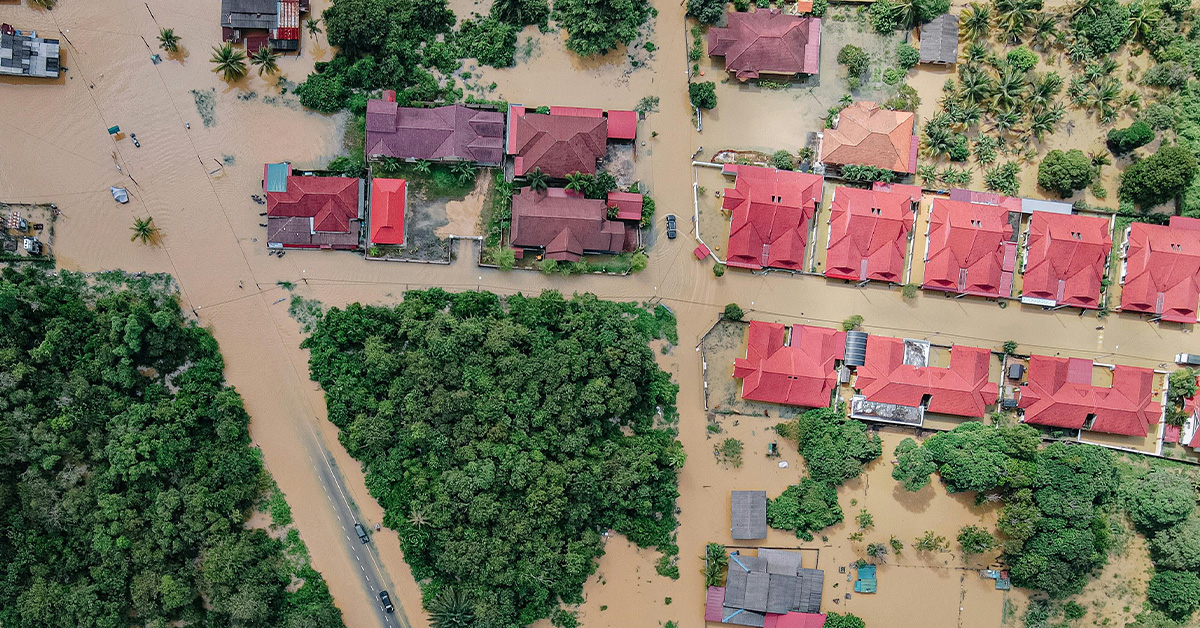
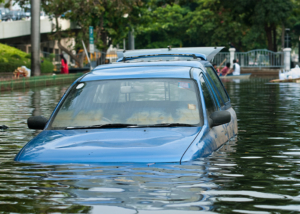
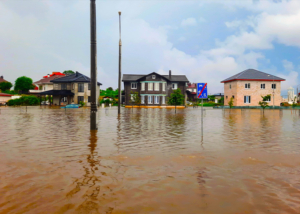
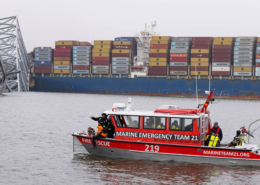 Photo By: Defense Visual Information Distribution Service
Photo By: Defense Visual Information Distribution Service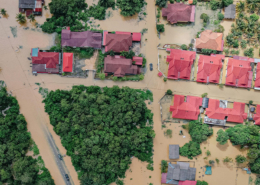

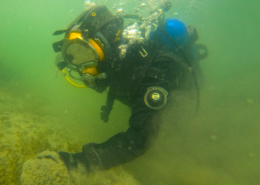
 Y. ZIN
Y. ZIN

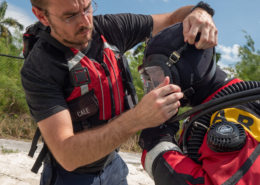
השאירו תגובה
רוצה להצטרף לדיון?תרגישו חופשי לתרום!